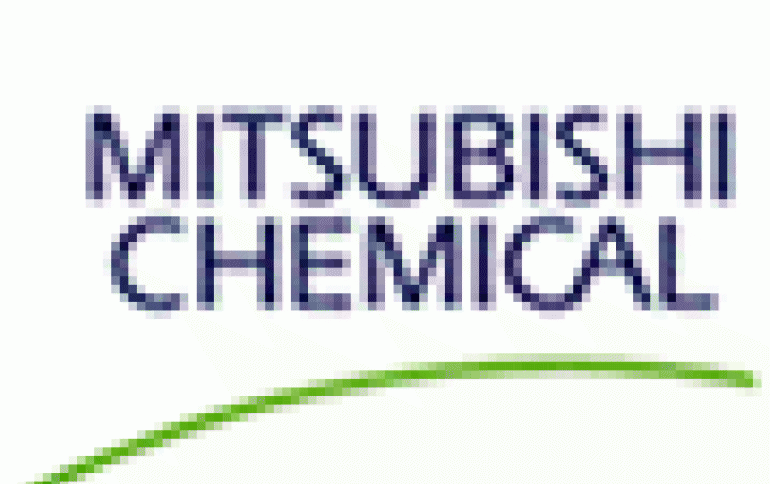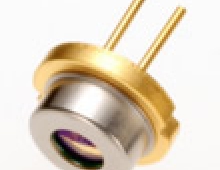
New Organic Semiconductor Material Expected Promises Cheaper Flat-Panel TVs
Mitsubishi Chemical Group Science and Technology Research Center announced today that it has developed a solution-based Organic Semiconductor Material, which is expected to open the way to the development of a new class of large, flat-panel displays.
Organic semiconductor materials have been studied by many researchers because of their great potential benefits, which include making lower-cost transistors by applying an efficient wet-coating process. Only Pentacene has been reported as a practical small-molecular material having high mobility, but it has to be processed by the high-cost vacuum deposition method. Polythiophene has been reported as a soluble polymer material, but it can be applied only to a limited area, like electrical papers, because of its low mobility.
The newly developed MCRC organic semiconductor material is solution-processible small-molecular material having the high mobility of 1.4cm2/Vs because of its high-crystalline characteristics, according to the company. This mobility is one of the world's best - equal to amorphous-silicon, the most popular inorganic transistor material. Also, this unique material has potential to be patterned by the laser, different from traditional photolithographic method, which enables high-resolution patterning. MCRC successfully drove an organic light-emitting device (OLED) with the transistors fabricated with its newly developed material. This demonstrates the possibility that the newly developed material opens up application to large, flat-panel displays.
This material has been jointly developed with Professor Noboru Ono of Ehime University, Japan, and the transistor device has been jointly fabricated with Associate Professor Reiji Hattori of Kyushu University, Japan. The demonstration of driving an OLED will be exhibited at MCC's booth (#1441) at the coming Society For Information Display (SID) conference, June 6-8, San Francisco, CA.
Dr. Yoshimitsu Kobayashi, President and CEO of MCRC, stated: This achievement is a superior milestone in the development of O-TFT technologies, because this demonstrates that O-TFT can be applied to the flat panel displays which require high mobility, such as an OLED.
The newly developed MCRC organic semiconductor material is solution-processible small-molecular material having the high mobility of 1.4cm2/Vs because of its high-crystalline characteristics, according to the company. This mobility is one of the world's best - equal to amorphous-silicon, the most popular inorganic transistor material. Also, this unique material has potential to be patterned by the laser, different from traditional photolithographic method, which enables high-resolution patterning. MCRC successfully drove an organic light-emitting device (OLED) with the transistors fabricated with its newly developed material. This demonstrates the possibility that the newly developed material opens up application to large, flat-panel displays.
This material has been jointly developed with Professor Noboru Ono of Ehime University, Japan, and the transistor device has been jointly fabricated with Associate Professor Reiji Hattori of Kyushu University, Japan. The demonstration of driving an OLED will be exhibited at MCC's booth (#1441) at the coming Society For Information Display (SID) conference, June 6-8, San Francisco, CA.
Dr. Yoshimitsu Kobayashi, President and CEO of MCRC, stated: This achievement is a superior milestone in the development of O-TFT technologies, because this demonstrates that O-TFT can be applied to the flat panel displays which require high mobility, such as an OLED.

















